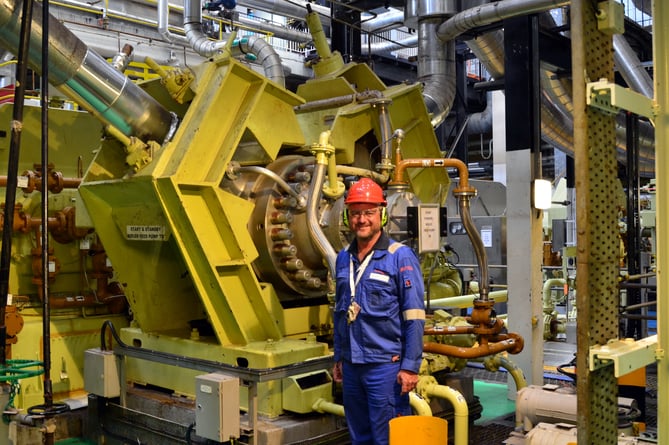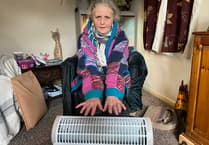Hinkley Point B Nuclear power station will begin the three and a half year de-fuelling process in August of this year.
The station which is currently powering 700,000 homes, that’s 20% of the total power generation for the UK, has been in service since 1976 and was the first advanced gas cooled reactor to generate electricity to the UK grid.The operation of the plant was extended to this year in 2012 whilst plans were being finalised for the building of a new Hinkley point C site.
Wellington Weekly News was invited on a tour of the plant before the work to de-fuel the nuclear reactor begins.The news of the wind-down of Hinkley Point B has been seen by many as an end of an era in Nuclear driven power generating.This has caused some sadness by current serving staff.
Paul Gallagher Operations Services Group Head said: “I have mixed emotions, the plant has been running 46 years,12 of those I have worked here.
“I have a great sense of pride having the honour of working here.
“It will be a far quieter place during the de-fuelling process.
“I watched turbine 8 come offline a few weeks ago which gave a bit of a lull to the usually bustling atmosphere.”
Paul lives in Watchet with his wife and daughter.His Daughter also works at Hinkley point C site, which makes it very much a family affair.The power plant has provided 12 years of employment for his Paul and he is confident that with the de-fuelling process there will be many more to come. He said: “all staff expertise will be utilised for the de-fuelling process.”
The new plant will be operational by 2027 using state of the art technology allowing the generation of a lot more power.However with the advances of technology there is a human element that will be lost as the new design facilitates a more autonomous approach.
Hinkley point B is classed as an ‘Advanced gas cooled reactor whereas Hinkley point C will be a European pressurised water reactor (EPR).Although the power generating methods are relatively similar pressurised water is used to cool the reactor instead of gas.This is another way in which the newest reactor will be more eco-friendly.
EDF have stated that EPR’s are more efficient and safer than other types of reactor. EPR’s use 17% less uranium than older technology and have 4 separate safety systems to protect against hazards such as earthquakes and flooding.




